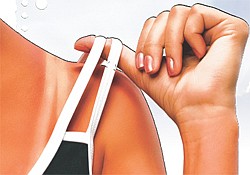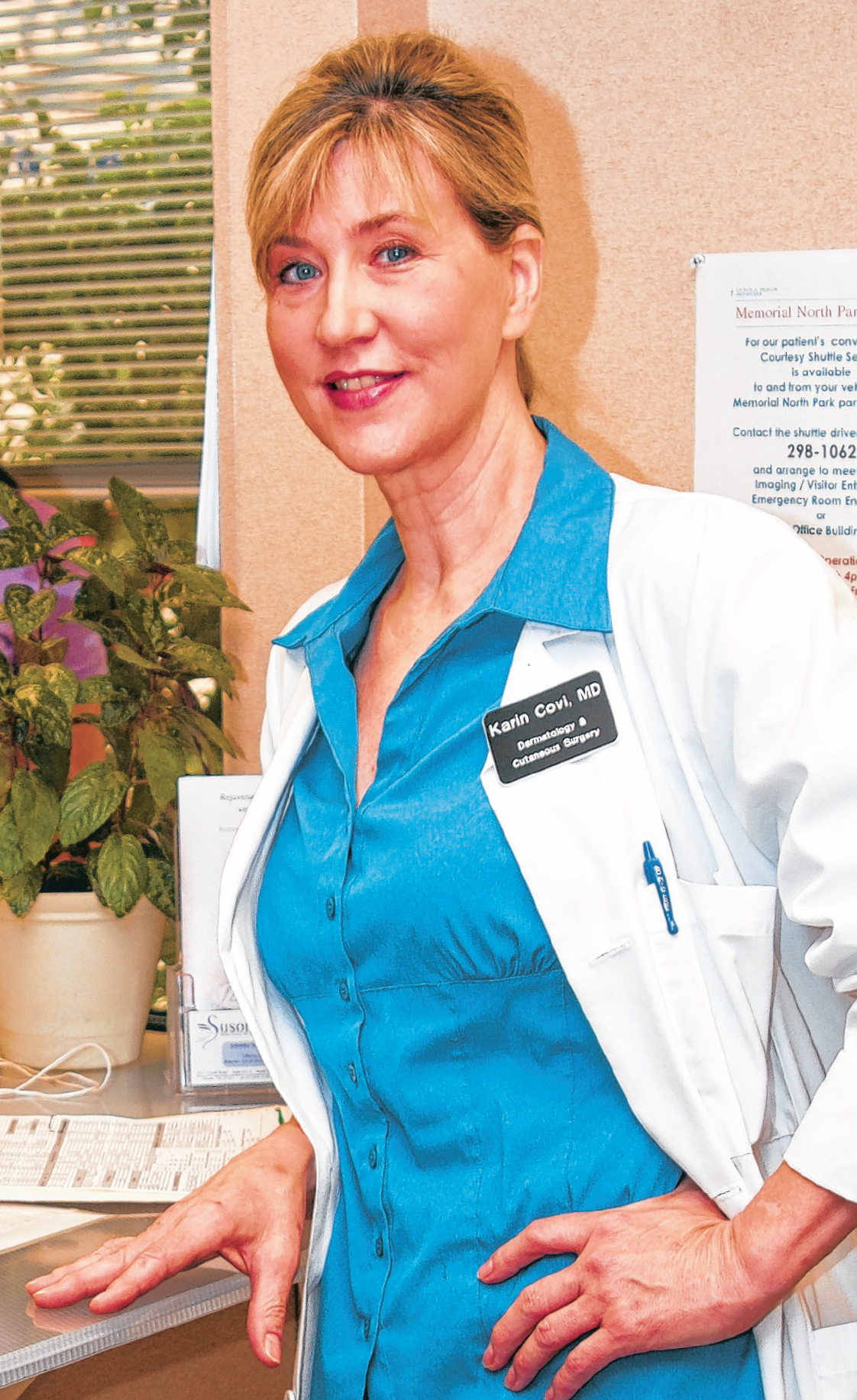Think you know how to stay safe in the sun? Before you hit the beach, ball field or lake this summer, test your sunscreen IQ. The answers from two of Chattanooga's top dermatologists might surprise you.
MYTH #1:
As long as you apply sunscreen correctly, you're adequately protected.
FALSE: "Sunscreen can offer a false sense of security, allowing even the fairest skin types to stay in the sun hours longer than they normally would," says Dr. Karin Covi.
Also, not all sunscreens adequately protect from skin cancer. SPF is an antiquated rating system that only applies to UVB rays, the ones responsible for burning. UVA rays penetrate much deeper, causing premature aging and skin cancer. The FDA is currently revamping the system, but until then look for brands that specifically claim UVA and UVB protection. The safest are physical blockers such as zinc oxide or titanium dioxide, which reflect rays. These agents have advanced since their use by white-nosed lifeguards in the '80s, but they can still feel thick on the skin. Therefore chemical sunscreens are sometimes a better option.
"The best sunscreen is one you'll use regularly and appropriately," emphasizes Covi. Whenever possible, seek shade and avoid prolonged exposure between the peak sun hours of 10 a.m. and 4 p.m.
MYTH #2:
Sunscreen is the best way to protect yourself in the sun.
FALSE: Sun protective clothing is actually superior to sunscreen because it can't evaporate, rub off, sweat off or wash off, says Dr. Samuel Banks, dermatologist with Chattanooga Skin and Cancer Clinic. Of course, it's not always practical to cover your entire body in summer's heat, so sunscreen is still best for any exposed areas. A hat with at least a four-inch brim will protect your neck, ears and face, but sunscreen should still be applied because of rays that are reflected from water, snow, cement and other light surfaces. UV protective sunglasses are also important, as melanoma can occur in the retina.
MYTH #3:
You need to forgo sunscreen sometimes to avoid Vitamin D deficiency.
FALSE: While most physicians agree that 10 to 15 minutes of unprotected sun exposure allows the body to produce adequate levels of Vitamin D, there is currently no scientifically safe threshold for sun exposure according to the American Academy of Dermatology. Furthermore, studies on Vitamin D are still in their infancy, and optimal levels in the bloodstream have not been defined, warns Covi. Instead, she recommends getting the vitamin through a healthy diet, which may include supplements. "When we have two ways of getting Vitamin D, and one we know causes cancer and the other doesn't, why wouldn't you take a pill?" asks Covi.

